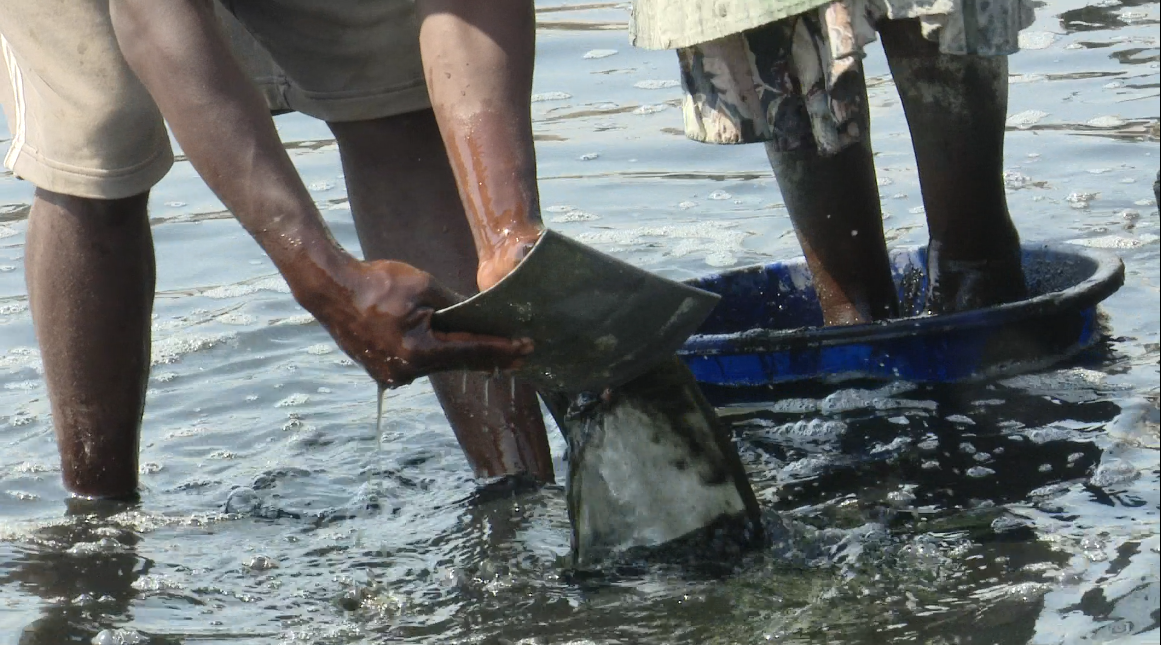Prime
Founders of the first club in Kampala: Their spirits still alive 100 years later

Members of the Goan community. COURTESY PHOTO
What you need to know:
In this series of Ugandan Asians, Vali Jamal writes about six young men who were behind the setting up of the first club in Kampala, a social gathering arena that saw scores throng the place to interact and relax.
In a little back room of a shop, just twelve-by-twelve in size, six young men are seated sipping their drinks. The evening is wet and the night could be chilly. In the bushes, beetles are holding forth like spoilt children in a tantrum, piercing the palpable darkness with their screeches, as if in annoyance of the glow-worms, just now beginning to flicker in the elephant grass.
Somewhere in the foliage, the crickets chirp with practised nonchalance like a chorus in a comic opera. Suddenly one of the youngsters asks, almost in jest: Why can’t we have our own club? He was a small man – our hero – the jolliest of them all, but tonight he was in earnest.
The laughter dies down and each person is caught with an incongruous smile on his mouth like a crushed rubber toy gradually regaining its shape. “Let it be known that we were second to none – Nulli Secundus.” A gust of wind agitates the flame of the hurricane lamp, casting giant shadows on the walls.
The inspiration
“Courage we have; then let us not be wanting in faith (hear! hear!).”
Then with an outstretched arm, pointing to a signboard on the wall, he adds: “Cash or no cash, today we shall write a blank cheque, which I am certain, our brothers will honour (hear! hear!).
Let this day be remembered, for today we have planted the seed. May the tree never die and may good fortune attend all those who shelter under it.”
In a broken voice raising his cup he ended, “To the Goan Club, Kampala – Long may it prosper!” For a moment, they stood undecided, not knowing how to react, whether to laugh or cry. After composing themselves, they break into a solemn rendering of the traditional Konkanim anthem to a toast: Uddon guelem perveachem birrem:
A flight of doves has been released
And now two by two they taketh wing
Until soaring high they scattereth
A shower of blessing upon you all
From heaven above
Old residents will still tell you that the little signboard indeed hung behind the counter of the Kampala Oriental Company: “Terms Cash – Blank Cheques can be obtained.”
Editor: Written by an aspiring writer. Who were the six? The article doesn’t say. Are they mentioned in the list of Founders below, or were they just exuberant kids, whose idea was taken over by high-ups and who volunteered their services in fund raising for the club?
Goan Institute, Entebbe
On Monday, April 24, 1905, the 30 souls of the Goan community in Uganda unanimously resolved to form a club, with one half of a month’s income as entrance fee. Most paid on the spot; some paid more than the stipulated amount.
By September, the community had acquired a plot on a 49-year lease, at a nominal rent of one rupee per annum (about four Canadian cents today).
The clubhouse - a 30 x 18 single room, with veranda fore and aft - was formally opened on Easter Sunday in 1907. Cost: Rs.6,000 (about 30,000 in today’s purchase-parity dollars).
In 1960, a totally new structure was erected on the existing foundation. The British governors were patrons of the Goan Institute until independence.
The Institute’s activities were legendary. Dances, sun-downers, whist drives, trook sessions, and housie-housie (bingo) predominated, but there were also occasional concerts and plays. All Goan weddings were held at the club.
The era ended in 1972. The community philosophise that what was rendered back to Uganda was but a pittance of what was derived.
The club boys, Sabakaki, Toontoonu, Luka and those before them, are thanked for their loyal service over the years.
Goans and the expulsion of a minority
Despite their Catholic religion and Westernisation under the Portuguese, Hindu-based notions of caste were important driving forces among Goans.
Brahmins were at the top, followed by Chardo (Kshatriya), Sudir (Shudra) and Mar (Mahar).
The group that started the Goan Institute, in the-then upmarket Nakasero, were mostly Brahmins. They specifically excluded the tailors, cooks, stewards and illiterates from membership as they were “not of high social standing.” So the tailor class started St. Francis Xavier Society of Tailors in 1930.
Appropriately, it was in Old Kampala, not too far from Mengo where most tailors lived. At the Goan Institute (after independence the Kampala Institute) the upper-class Goans spoke mostly English, whereas at St. Xavier’s the preferred language was Konkani.
The Goan Institute members participated in sports, tombola and dances. Families would attend together. Babies would be passed around to be admired for their new organza dresses.
By 1970, there were less than 30 tailors left in the whole of Kampala. Children had defected to the Goan Institute to raise their social status. They huddled in their own groups at social functions. Old people came to watch the spectacle, but mostly to ensure no cross-caste gender friendships developed.
Old age, disputes and scandals took their toll on attendance at the Tailors’ Club. Money kept disappearing. The once-elaborate events – the Ladies Day Carnival, the Konkani concerts – were discontinued.
Only the shrine to St. Xavier remained to attract the pious.
Continues tomorrow




